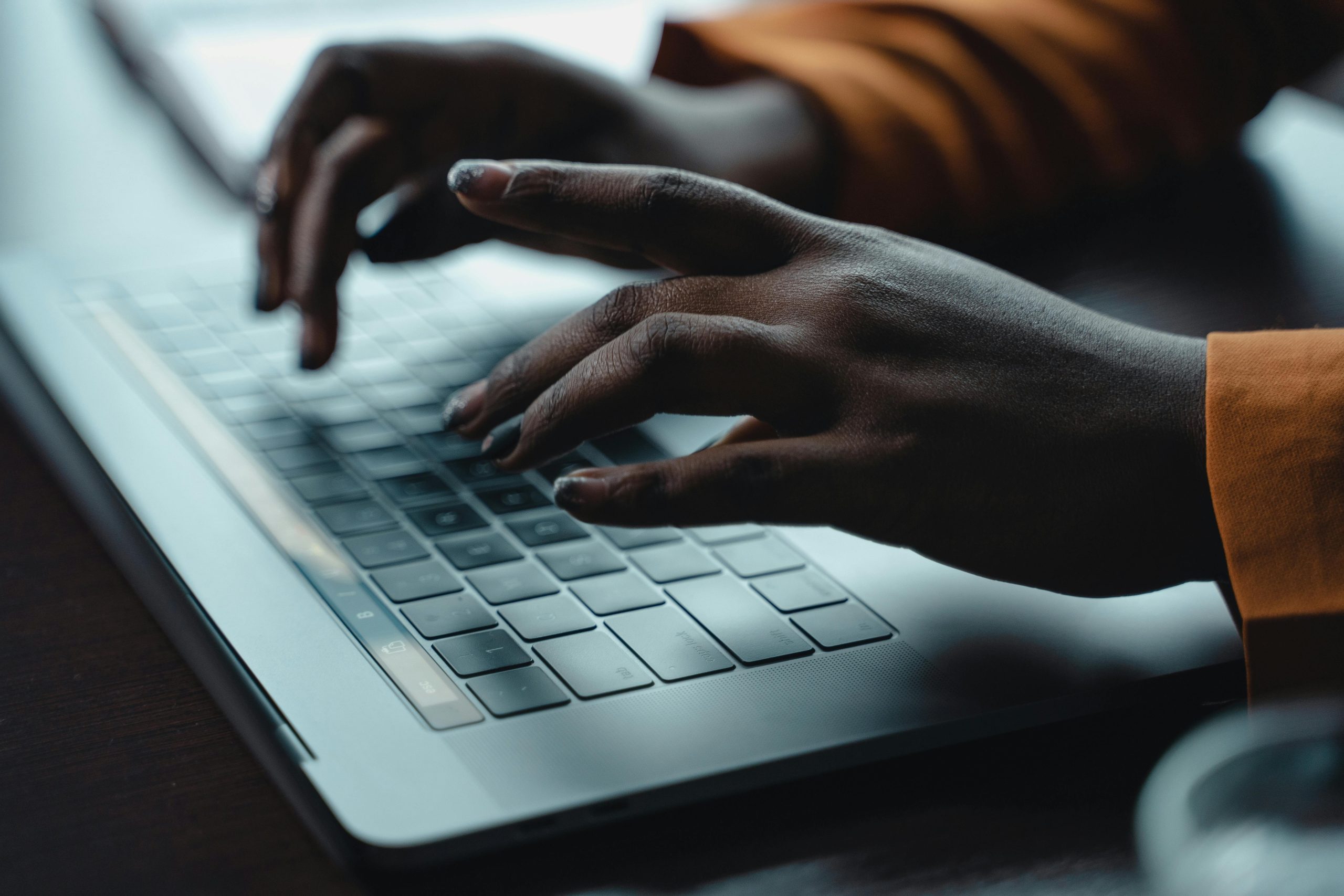Is your laptop running slower than usual? Before you rush to buy new hardware or consider replacing your device, there are several simple tweaks you can try to speed it up. Many common issues, like sluggish performance, can be resolved with software optimizations and maintenance. In this guide, we’ll explore easy ways to breathe new life into your slow laptop—without spending money on upgrades.
Clean Up Unnecessary Files and Programs
Over time, laptops accumulate temporary files, unused applications, and other digital clutter that can slow them down. Here’s how to clean things up:
Uninstall Unused Programs
Many pre-installed or forgotten applications run background processes that consume resources. To remove them:
- Open Control Panel (Windows) or Applications (Mac).
- Sort by installation date or size.
- Uninstall programs you no longer need.
Delete Temporary Files
Temporary files, caches, and downloads take up valuable space. Use built-in tools to clear them:
- On Windows, run Disk Cleanup.
- On Mac, use About This Mac > Storage > Manage.
Organize Your Storage
If your hard drive is nearly full, performance suffers. Move large files to an external drive or cloud storage to free up space.
Optimize Startup Programs
Too many programs launching at startup can make your laptop boot slowly and run sluggishly. Here’s how to manage them:
Disable Unnecessary Startup Apps
- On Windows, open Task Manager > Startup and disable non-essential apps.
- On Mac, go to System Preferences > Users & Groups > Login Items and remove unwanted entries.
Use Lightweight Alternatives
Replace resource-heavy apps with lighter versions. For example, use a browser like Firefox or Edge instead of Chrome if RAM usage is high.
Adjust System Settings for Better Performance
Your laptop’s default settings may prioritize aesthetics over speed. Tweaking them can improve responsiveness.
Reduce Visual Effects
Fancy animations and transparency effects consume resources. To disable them:
- On Windows, search for Performance Options and choose Adjust for best performance.
- On Mac, go to System Preferences > Accessibility > Display and enable Reduce motion.
Update Your Operating System
Outdated software can cause performance issues. Ensure your OS is up to date:
- Windows: Settings > Update & Security > Check for updates.
- Mac: System Preferences > Software Update.
Power Plan Adjustments
Switching to a high-performance power plan (Windows) or optimizing energy settings (Mac) can prevent throttling.
Scan for Malware and Viruses
Malicious software can drastically slow down your laptop. Run regular scans to keep your system clean:
- Use built-in tools like Windows Defender or XProtect (Mac).
- Consider a reputable third-party antivirus for deeper scans.
Defragment Your Hard Drive (Windows Only)
If your laptop uses an HDD (not SSD), defragmenting can improve speed by reorganizing fragmented data:
- Search for Defragment and Optimize Drives in Windows.
- Run the tool monthly for best results.
Conclusion
A slow laptop doesn’t always mean it’s time for an upgrade. By cleaning up files, managing startup programs, adjusting system settings, and ensuring your device is malware-free, you can significantly boost performance. Try these steps one by one, and you’ll likely notice a smoother, faster experience—without spending a dime on new hardware.
